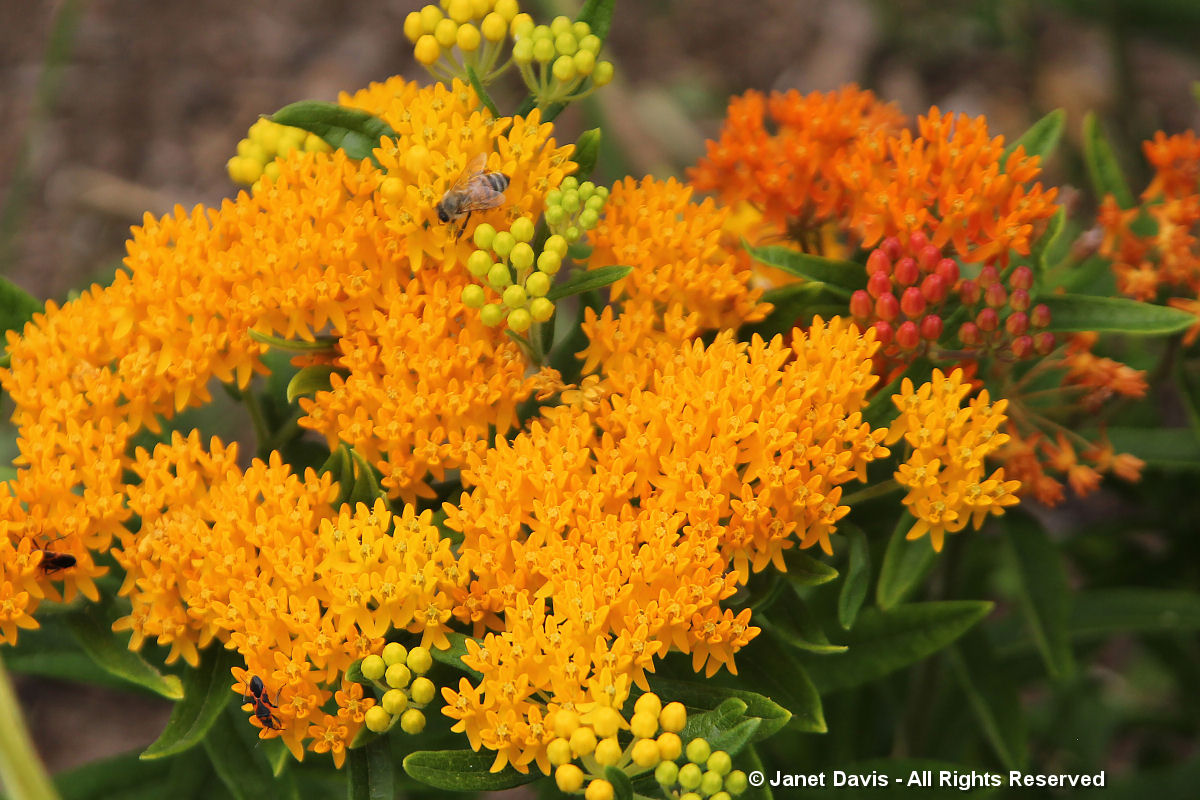
Butterfly Milkweed: PPA’s 2017 Plant of the Year!
It must feel great to have your favorite flower chosen for the Perennial Plant Association’s Plant of the year. The Paintbox Garden shares her story and beautiful photographs about her favorite perennial, the Butterfly Milkweed.
“Despite the plaudits, butterfly milkweed (Asclepias tuberosa) is not the easiest perennial to grow, unless you happen to garden on a sand prairie. It has a deep tap root that makes it rather difficult to transplant. And seeds are often notoriously slow to germinate and grow, sometimes taking 5 years to grow enough to set flower buds. But give it a little rich, free-draining, gravelly soil and lots of sunshine, and watch the pollinating insects pile on. Foremost, of course, is the beautiful monarch butterfly, which uses it – as it does all milkweed species – as food for its caterpillars. If you’re lucky, you might see the female monarch ovipositing on its leaves or flowers. Come back and you’ll see the little egg on a leaf…. or perhaps right in the flowers. Follow along over the next few weeks and you’ll see the various instars of the developing caterpillar munching away on the leaves…. and the flower buds. But monarchs aren’t the only butterflies fond of butterfly milkweed. Many others love the nectar-rich flowers, including the great spangled fritillary, hairstreaks, below, and many others. Bees love it too. On my property, I often see the orange-belted bumble bee (Bombus ternarius) nectaring…. and the brown-belted bumble bee (Bombus griseocollis), too. Here’s a little video I made of the brown-belted bumble bee foraging on my butterfly milkweed. In the background, you can hear a red squirrel scolding and a lovely Swainson’s thrush singing its flute-like song. Naturally, many native bees seek nectar from butterfly milkweed. I’ve seen long-horned (Melissodes) bees…. and tiny, green sweat bees (Auguchlora pura), all enjoying the flowers. Honey bees are avid foragers, too.”



Sorry, the comment form is closed at this time.